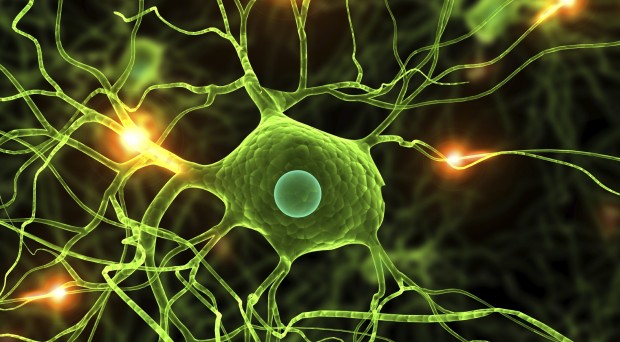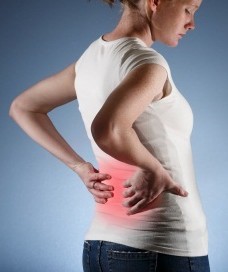
Neuroplasticity in the CNS: the missing link to our understanding of chronic musculoskeletal disorders?
Back in February, René Pelletier and colleagues presented an insightful debate article looking at the link between neuroplasticity in the central nervous system and chronic musculoskeletal disorders. They argued that the current structural-pathology paradigm was incomplete because it failed to take into account new data showing these neuroplastic changes to be associated with the progression from an acute to a chronic condition. The authors highlight a need for the development of new therapies able to address these changes and noted that the current ineffectiveness of rehabilitative and clinical interventions may in some part be due to this oversight.
Physical therapists role in the treatment of musculoskeletal disorders.
Jumping forwards to November, a study lead by John Childs found that, in the management of patients with musculoskeletal disorders, experienced physical therapists displayed a higher level of knowledge when compared with medical students, physician residents and most physician specialists. In addition to this, the study also highlighted that physical therapists with a higher level of certification performed better when compared with less experienced colleagues. This data will be extremely beneficial to healthcare providers and public policy makers as it shows that patients will benefit from more effective care from physical therapists, which will also come at a reduced cost when compared with treatment by a clinician.
New treatments for osteoarthritis of the knee
As one of the most common musculoskeletal disorders, osteoarthritis is frequently reported in BMC Musculoskeletal Disorders. Sandra García-Padilla and colleagues published the results of a clinical trial this August in which they demonstrated that the symptoms of osteoarthritis could be significantly reduced with monthly injections of sodium bicarbonate and calcium gluconate into an affected knee. Although the mechanism of action still needs to be defined, these highly significant results showed that this was a safe and effective treatment for osteoarthritis of the knee.
Fibromyalgia: is daytime napping associated with increased symptom severity?
Alice Thraldom and colleagues’ research article looking at the effects of daytime napping in patients with fibromyalgia was another popular article with our readers. Despite currently being used as a coping strategy by many patients with this disease, taking daytime naps was linked with the worsening of symptoms in this study. Furthermore, the duration of these naps correlated with the severity of the negative effect. Although further research is still needed, this study serves as a key foundation to review current advice and guidelines – perhaps prompting the development of new ones taking this information into account.
Motion-sensor biofeedback in the treatment of lower back pain
In this innovative paper, a new treatment for lower back pain has been tested by Peter Kent’s group, who reported significant, sustained and long-lasting improvements to pain and activity limitation upon treatment utilizing motion-sensor biofeedback. The promising results presented in this paper will now inform a fully powered trial that could provide the basis for improved treatments.
What is the role of lifestyle in musculoskeletal conditions such as chronic pain?
Last on the list is this popular debate article by Dean and Söderlund. It thoroughly reviewed the roles of a healthy lifestyle, such as good nutrition, not-smoking and regular sleep patterns, in chronic conditions such as lower back pain. They summarized that lifestyle behavior change is well accepted in addressing lifestyle-related non-communicable diseases, but specifically for lower back pain there is still a need to elucidate the role of negative lifestyle behaviors and the role of positive behavior in its incidence and management. As the authors note, this treatment approach could yield many benefits including a reduction in the socioeconomic burden from these patients.
Comments